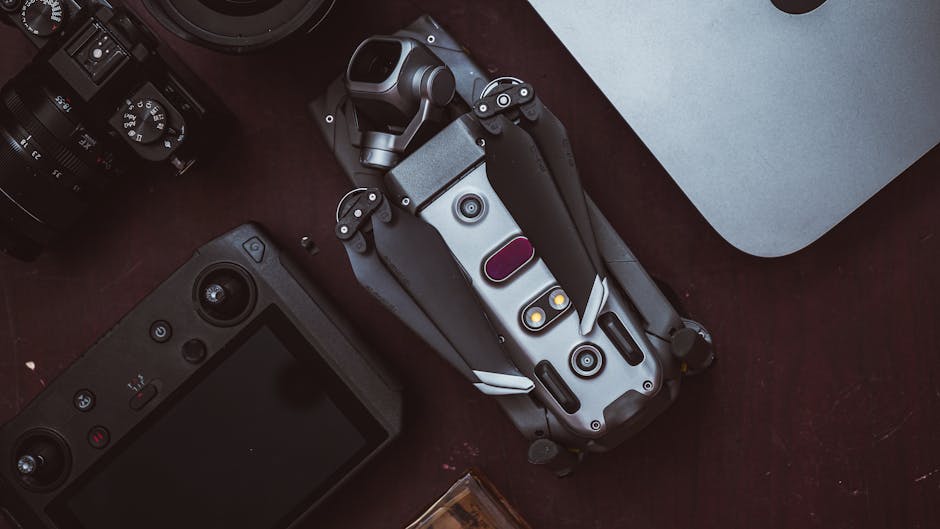About Fiber Optic Camera Benefits

Several advantages are associated with a fiber optic camera. Its low-power consumption, long signal range, and apprehension of electromagnetic interference make it a great choice for recording and broadcasting events. Furthermore, fiber optic cables are compact and easy to use, making them perfect for environments with mobile camera operators. Fiber optic cables are capable of carrying all camera signals, including SDI video, audio, control data, and GPIOs, for improved video quality and resolution.
These cameras are suitable for a variety of applications, including plumbing. In the plumbing industry, for example, they can be used for troubleshooting, and they can save a significant amount of money. Because of the flexibility of fiber optic cables, they can be run through any plumbing system. This makes fiber optic cameras an excellent option for any job that requires precise measurements. This versatile device will save time and money, making it an excellent choice for businesses.
In addition, the fiber-optic camera is compatible with most types of video surveillance systems. They can transmit video and power to multiple cameras. They can also be monitored remotely. The cable is thinner than a coax cable, which simplifies runs through conduits. The camera's images can be multiplexed and formatted for IP networks. Lastly, they are easy to integrate into an existing surveillance system. So, there are numerous benefits to a fiber-optic camera installation.
If you are planning to install a network of surveillance cameras, fiber-optic technology can be an excellent solution. Because fiber optics are compatible with existing power sources, you can take advantage of millions of unused fiber-optic links. This technology will save you time and money, as well as the cost of the installation process. If you're not sure which technology is right for your project, check out the following pros and cons.
High-speed Internet connections are also possible with fiber-optic cables. A fiber-optic security system will allow you to monitor an entire facility at once, without lag or other difficulties associated with digital video click to discover more here. Moreover, since fiber-optic cables are flexible, there's no need for enhancements. In addition, the cameras can be installed anywhere in the facility without any hassle. These advantages are worth the extra expense. You will be able to monitor a building or a vehicle inside and outside, while at the same time ensuring that it's safe and secure.
For premises applications, fiber-optic cameras with multimode fiber are cheaper than those with single-mode or multimode connections. Multimode media converters cost less than $100USD for each end, making fiber-optic systems a cheaper alternative for many purposes. Multimode for cameras is especially attractive for outdoor applications, such as rooftops and buildings, where lightning storms can cause interference to video signals. However, it's not always possible to install fiber-optic networks, and there are still some pitfalls to be aware of.
Although UTP cabling is lightweight, it is cheaper and easier to install than RG-59U, which is still the most common cable used for surveillance cameras. UTP has higher bandwidth capabilities, so it may be more convenient for surveillance applications. However, the distance limitation of UTP is inconvenient for long-distance applications, while fiber is best for surveillance cameras and other applications that require high bandwidth. The fiber-optic technology also enables more flexible installation. If you want to know more about this topic, then click here: https://en.wikipedia.org/wiki/Fiber-optic_cable.
